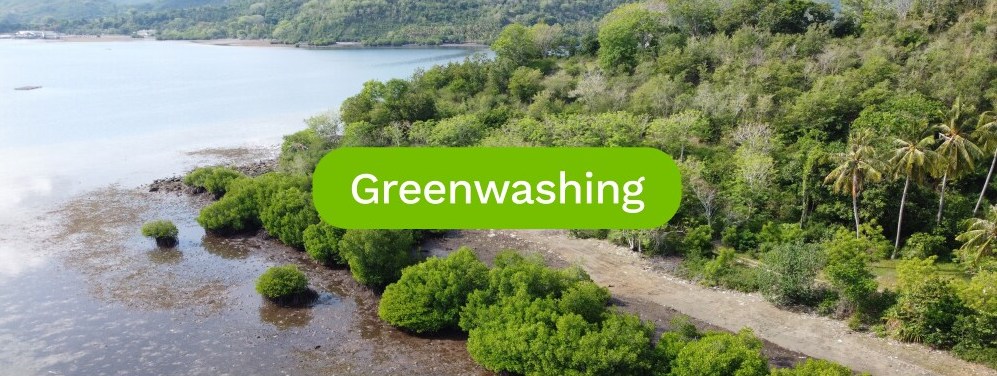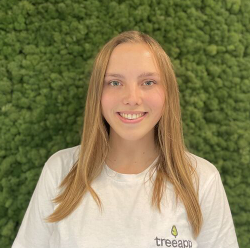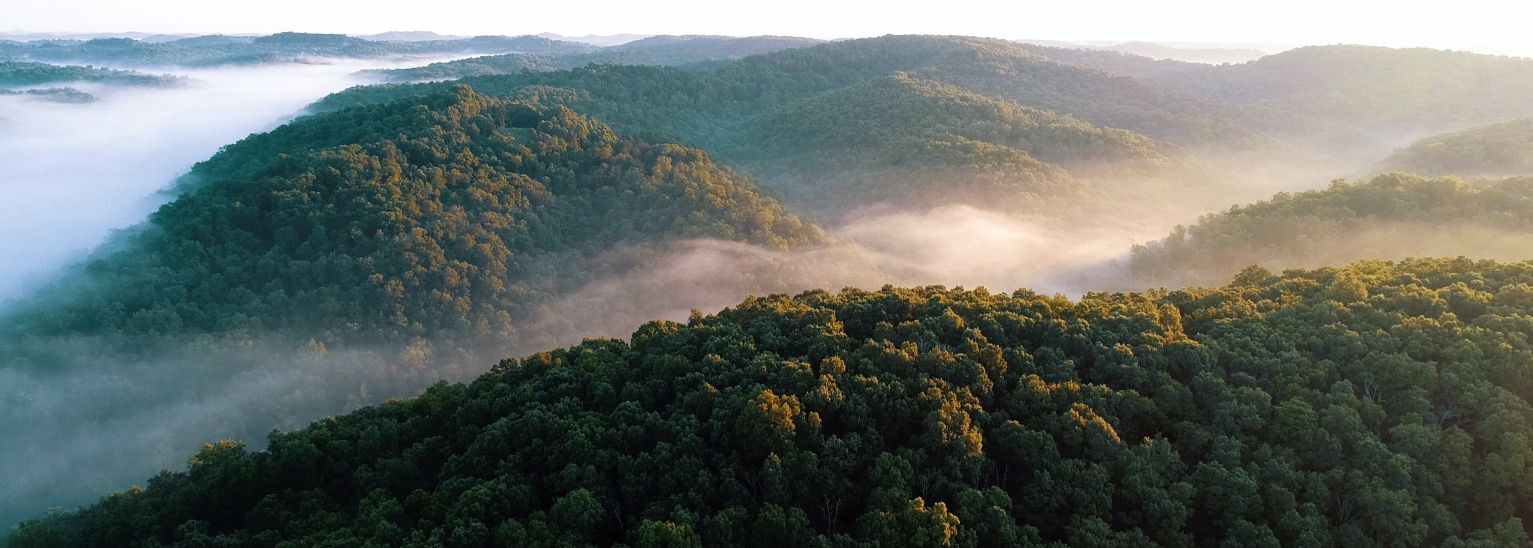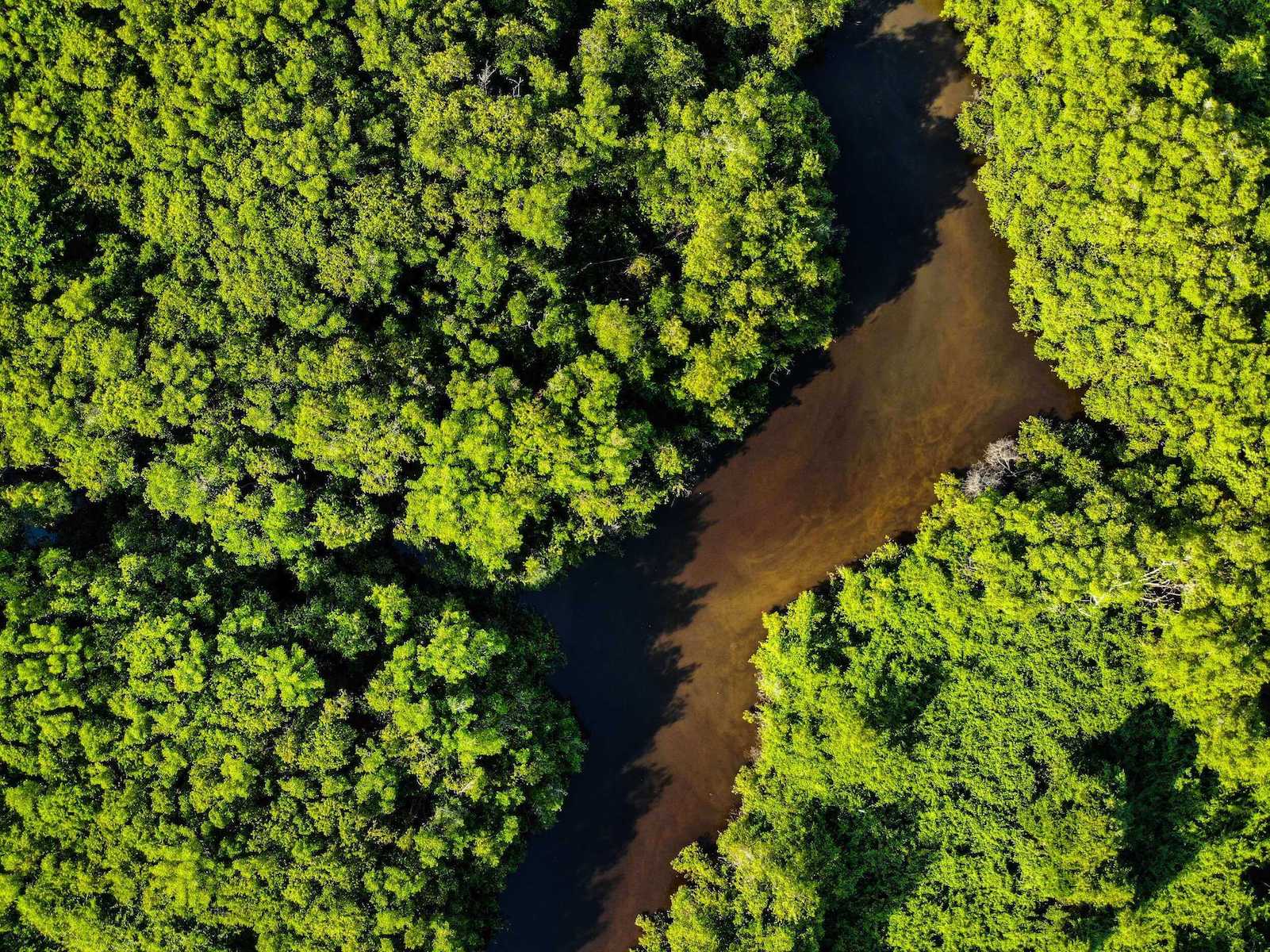As tree planting becomes increasingly popular, Treeapp is equally excited and cautious about the changes in tree-planting investments across the globe.
Why tree-planting initiatives fail
Many socio-political factors can make reforestation projects fail in the long term, as can planting trees without understanding a site’s biome and soil composition. Concrete local monitoring is the only option to ensure that a site’s infrastructure, knowledge, and long-term supervision remains.
Tree planting projects worldwide have seen failure rates and this is no surprise as there is currently little adequate monitoring to understand the work of hundreds of tree planters signing up to participate in larger missions such as the AFR100 forest landscape restoration initiative. Planting initiatives at the supra-national level can include conflicting interests and be imposed on local communities that might not have the capacity to grow trees to maturity without sufficient training and knowledge of what forestry management entails. Spatial monitoring becomes impossible, species might be planted in unsuitable areas hindering their chances of survival, and due to a lack of training, communities are unable to properly care for the trees.
Treeapp’s monitoring and forestry expert team
Treeapp carefully chooses local partners who operate according to a community model focused on providing benefits to the local population. All our tree planting partners have educational expertise and years of experience in forestry management. Further, we have five forestry experts in our team, whose expertise ranges from PhDs in carbon sequestration to community management onsite in the countries we plant in.
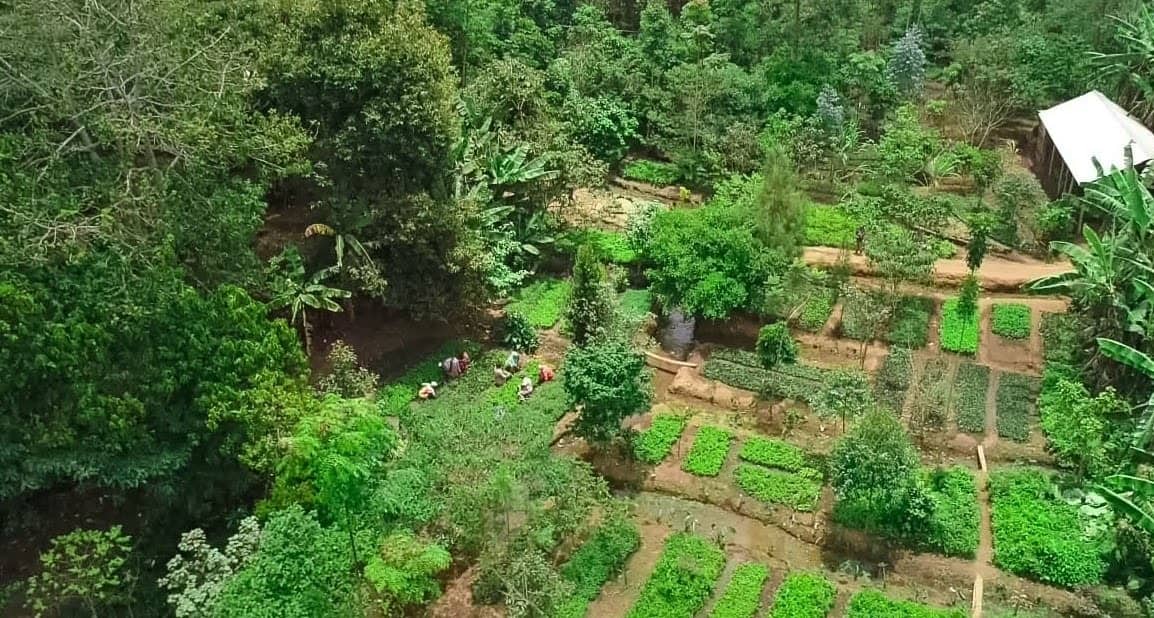
Photo: Aerial view of one of our tree nurseries in Tanzania
Why do we need to look so in-depth?
Treeapp always makes sure to plant indigenous trees to ensure that the communities benefit from traditional practices. For example:
Moringa trees have a variety of uses within Burundi. They are used for medicinal purposes by communities; they are also resistant to drought and can tolerate various soils, ensuring their survival.
Polylepis shrubs and trees planted at our Brazilian sites are vital to protecting headwaters of basins and capturing seed water, making them essential for the biodiversity of the Andean wetlands.
Bakau trees planted at our Biak, Indonesia site can improve water quality. The improvement of water quality reduces the likelihood of diseases and environmental pressure impacting flora and fauna is reduced.
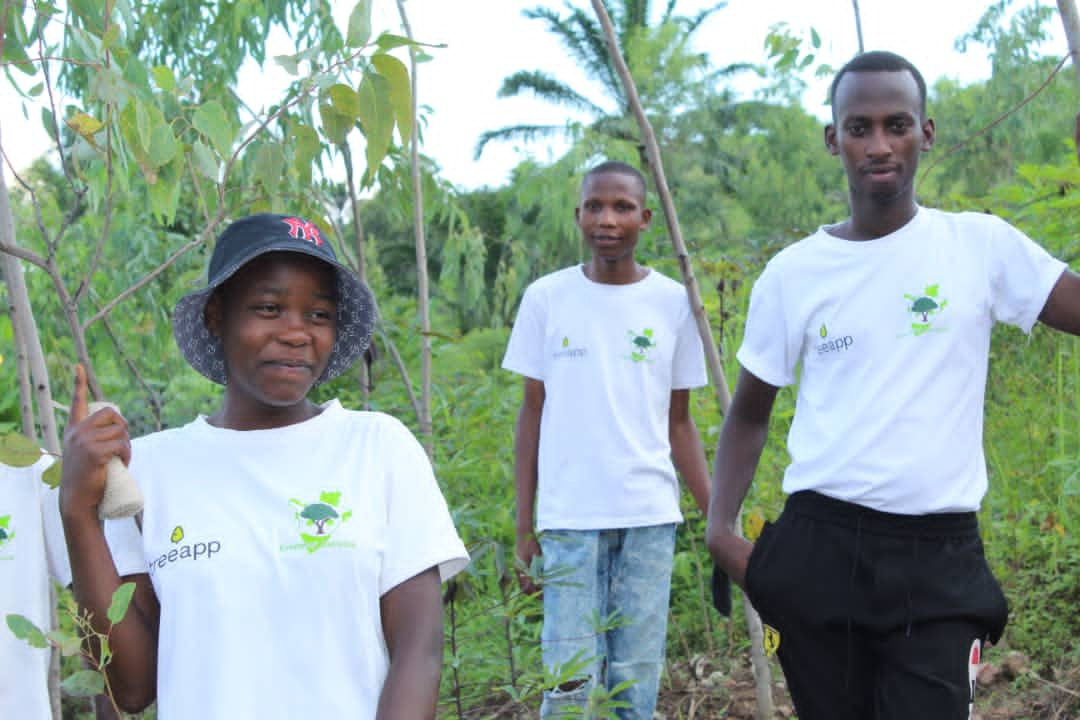
Photo: Our planters at Giko Hill, Burundi in May, 2022
Understanding the community model
One of the most important factors to predict whether a reforestation project will be successful beyond the initial planting stage is how involved the community is and how much it benefits from the trees.
Our local planters work with all levels of government to secure written agreements regarding ownership and activities on the restoration sites. Survival rates are measured by the Tree planters and compared to that of the predicted range of Treeapp’s forestry expert team. Treeapp also looks at the honesty of tree planters regarding the loss of trees due to drought/natural disasters/illegal logging activities in the area.
In our Tanzanian sites, families on our reforestation projects engage with regenerative initiatives, such as growing and harvesting crops in order to benefit their communities. In Nepal, all trees are planted and managed by women, giving them work opportunities that did not previously exist. In Brazil, our seeds are bought from the indigenous Geraizeiros community, benefiting the locals through employment and forest restoration of their native lands.
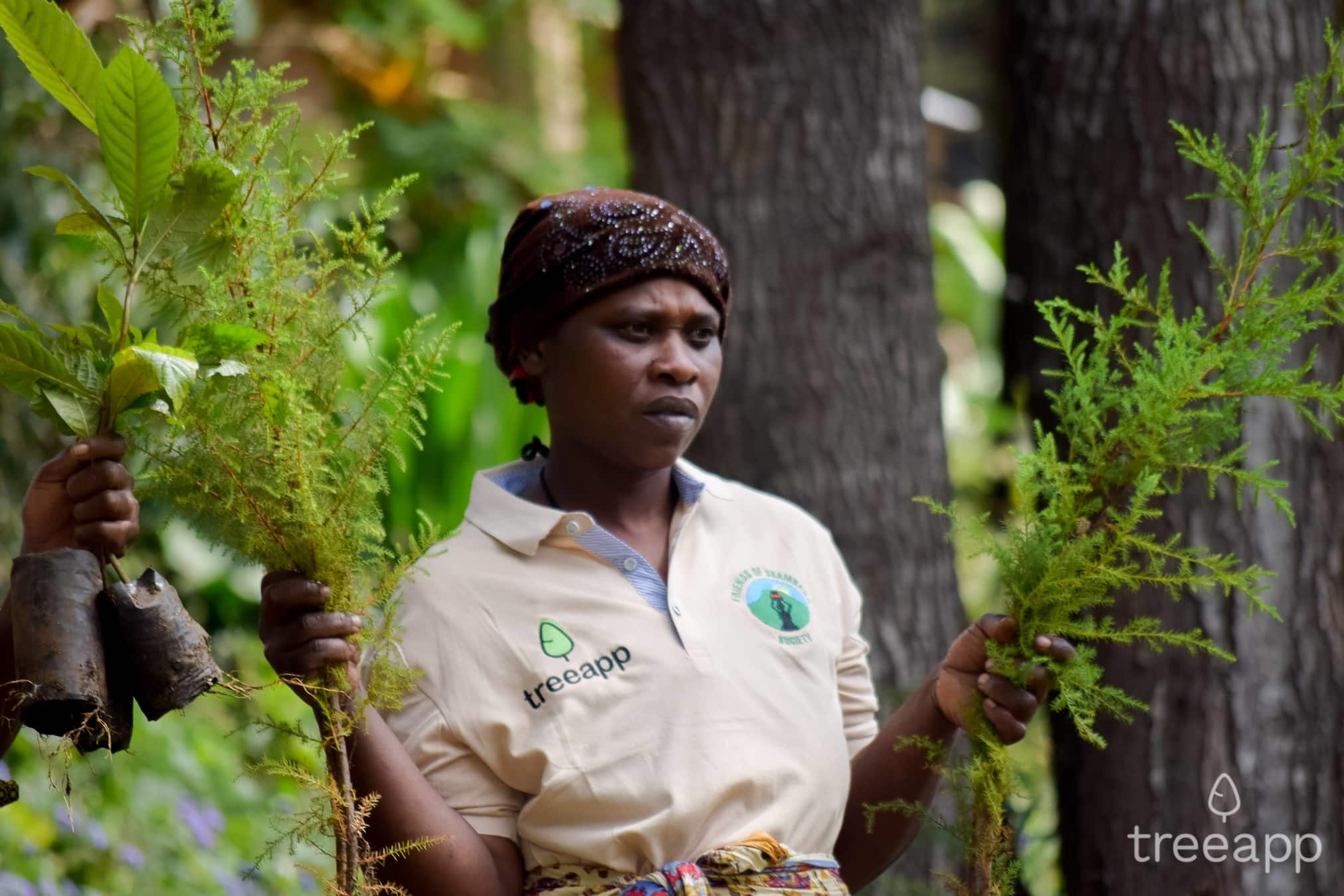
Photo: One of our planters in Tanzania planting seedlings
Open-source monitoring is the way forward
Treeapp is not only recording its sites in the open-source platform for ecologists called restor.eco but has monthly catch-ups with the local Tree planters, analyses satellite imagery and drone footage and does its own carbon sequestration calculations based on the different tree species planted in every site. This is only possible because of Treeapp’s forestry expert team that approves/denies any steps taken in the direction of Tree planting partnerships and monitoring.
